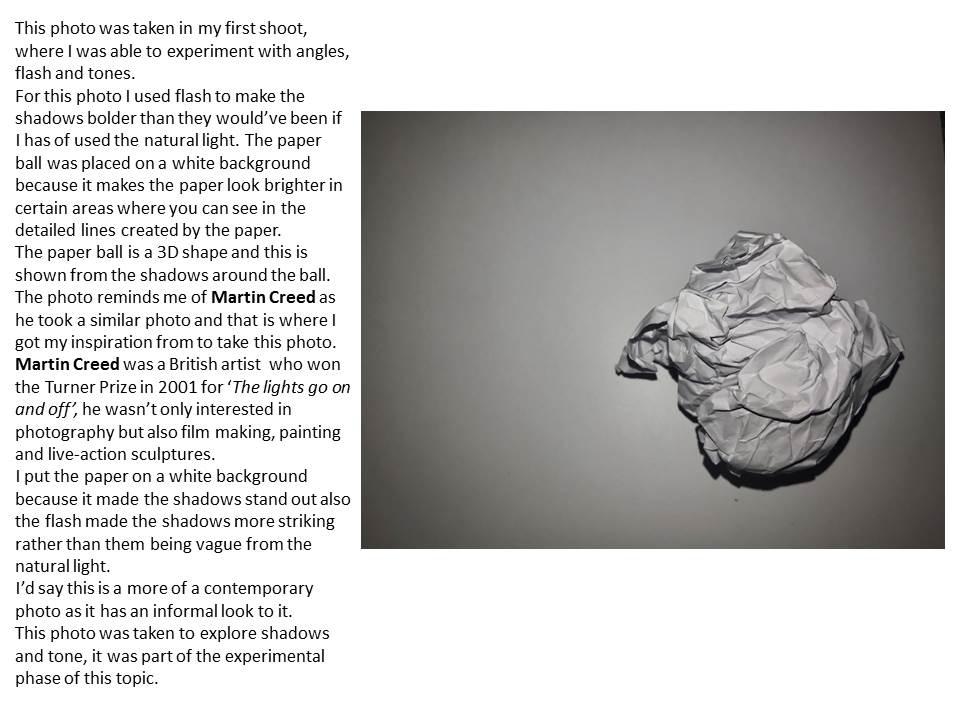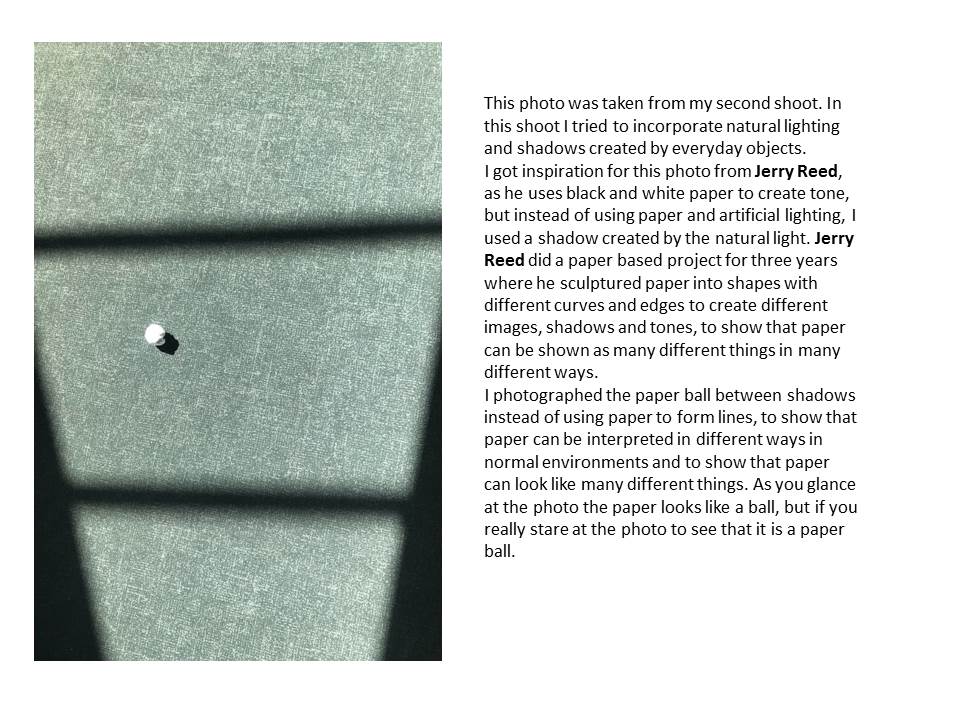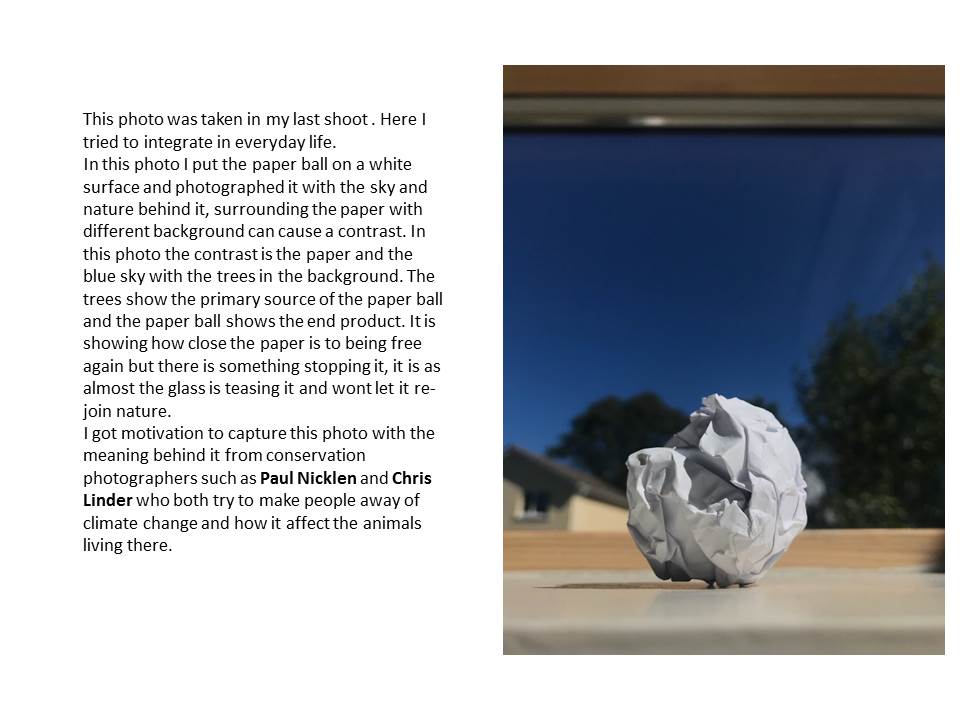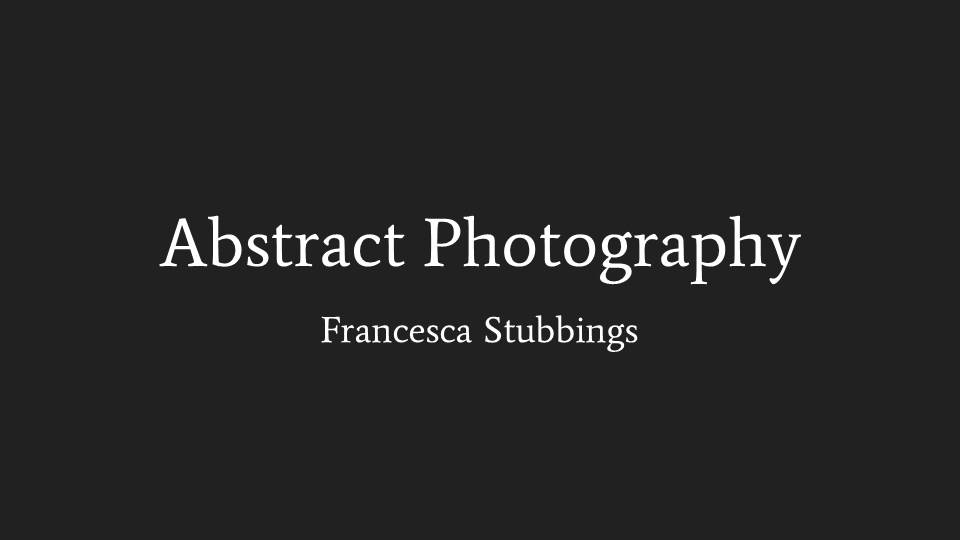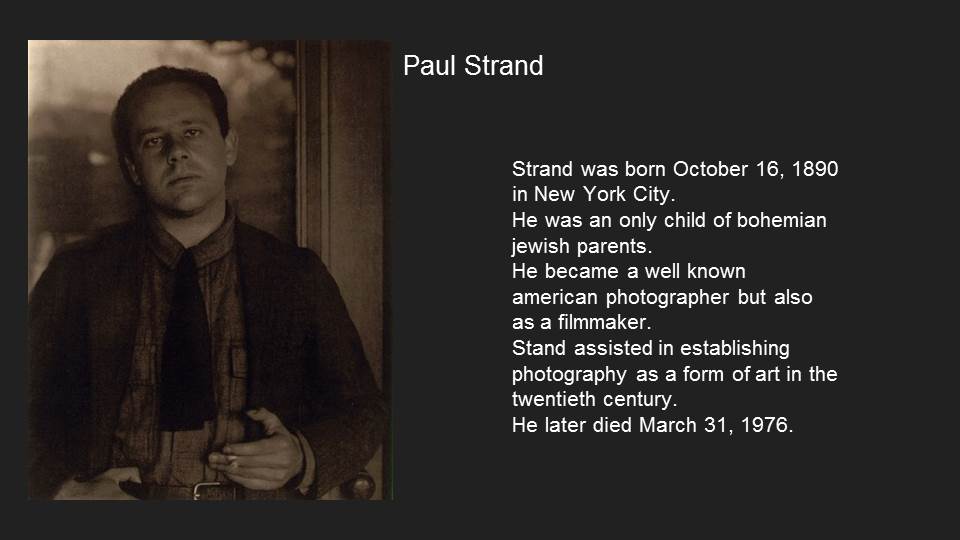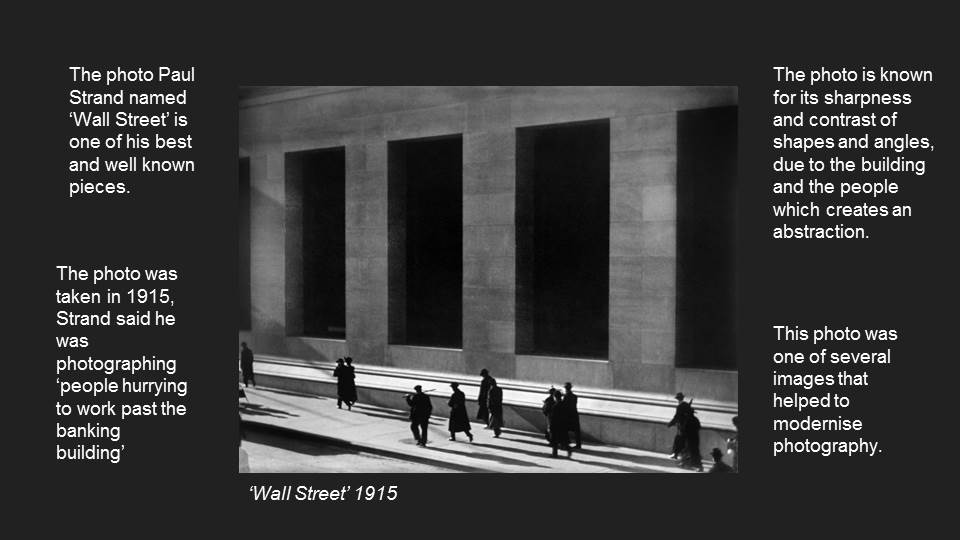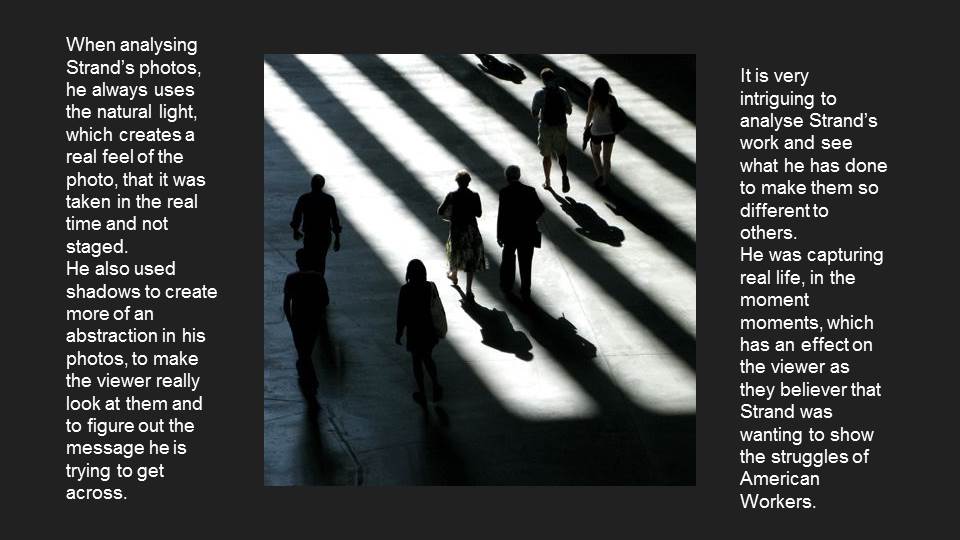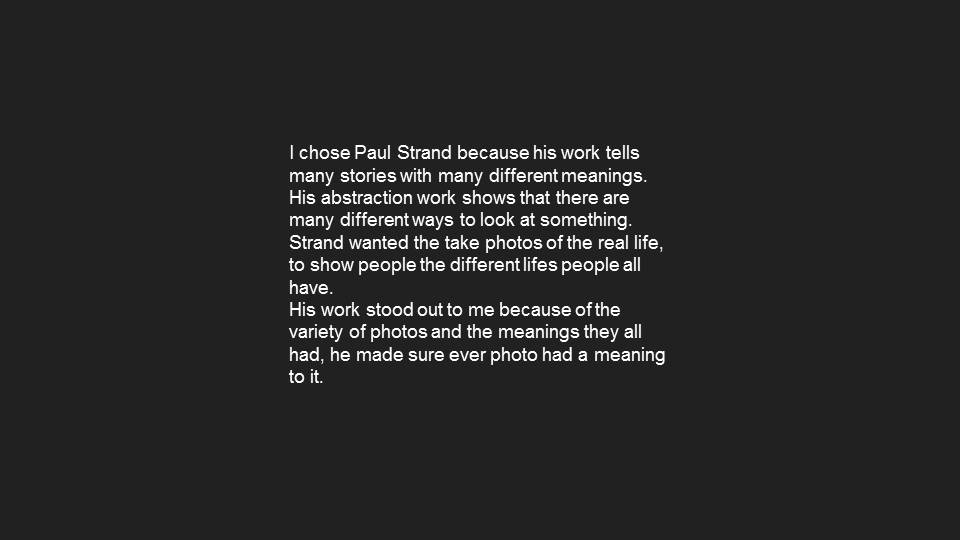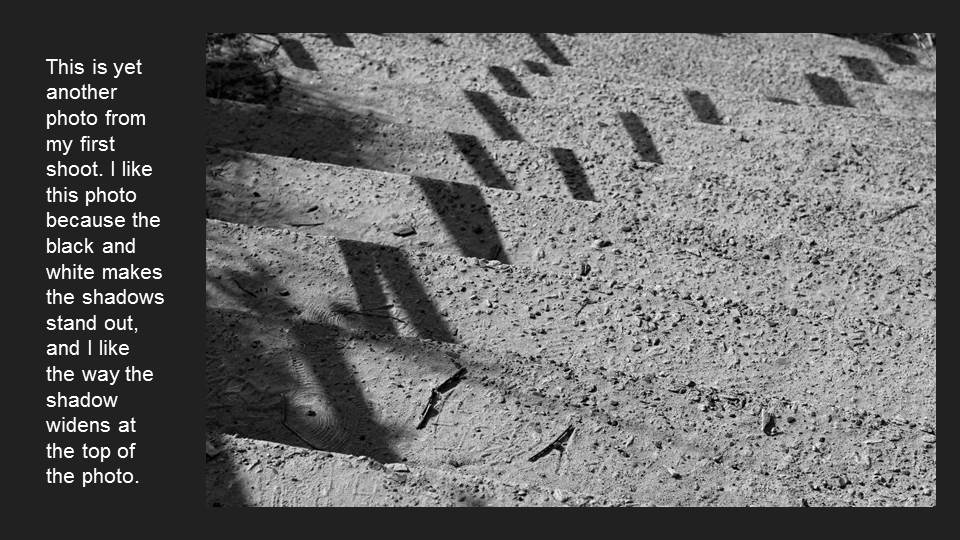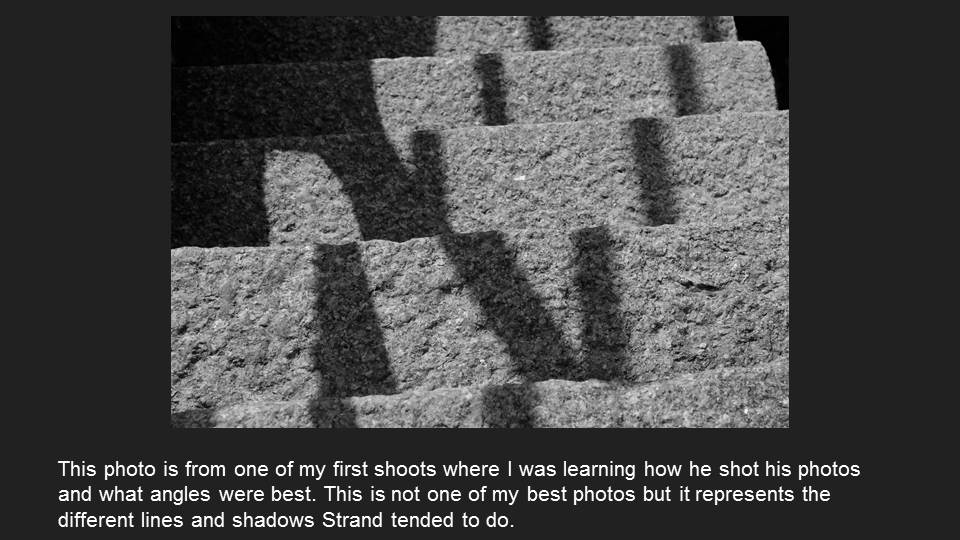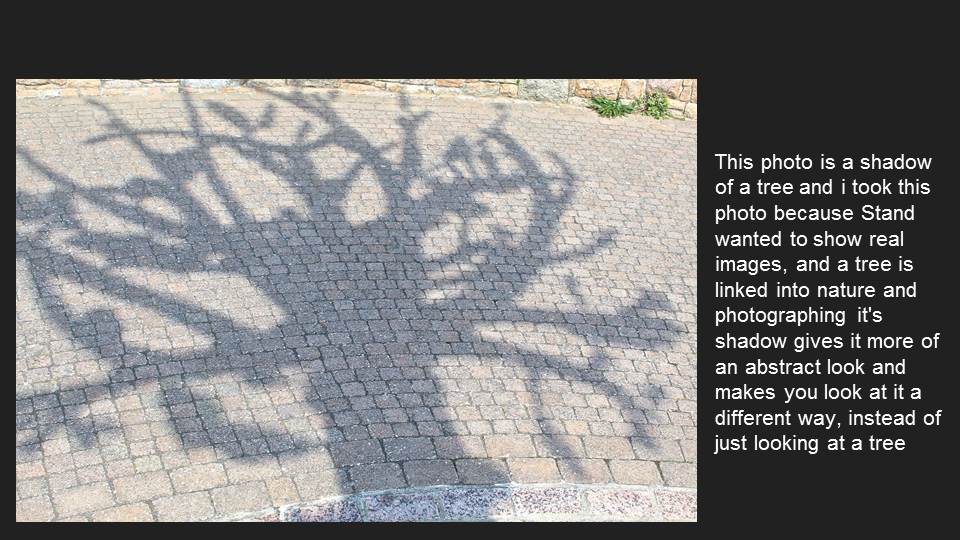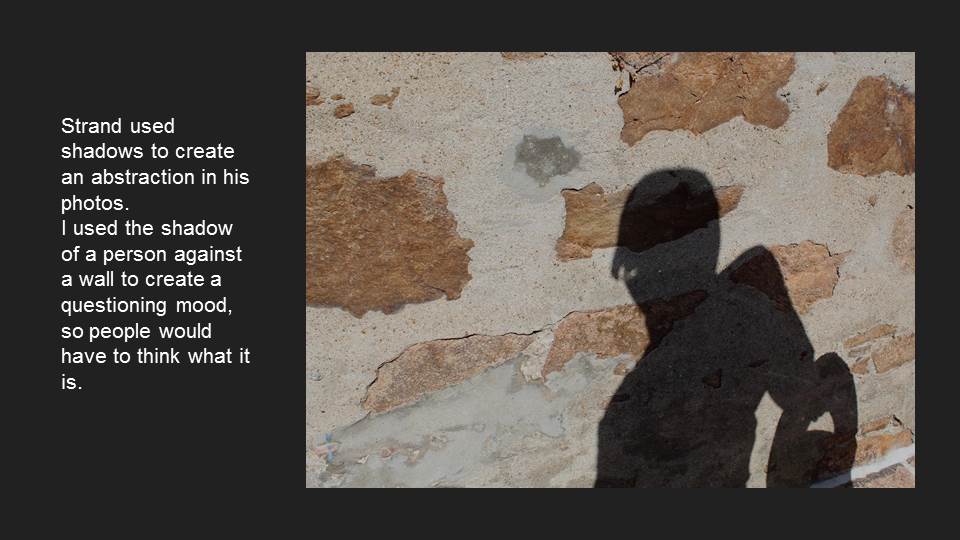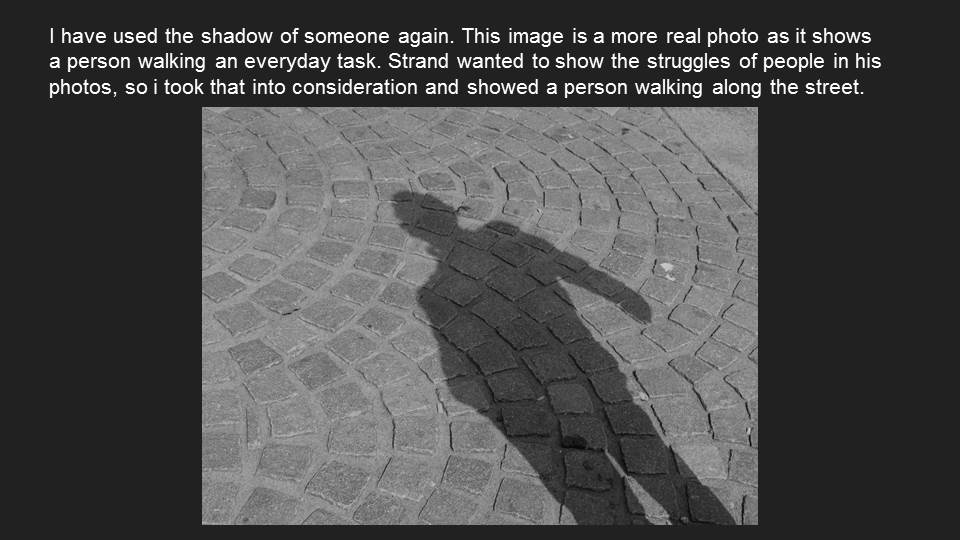Different types of lenses can give you a different range of zoom and focus. A portrait lens (wide lens) has no zoom only, this means you have to physically move close to what you are capturing, you can then adjust the focus manually. You also have have telephoto lens, which has an extreme zoom on it up to 200mm, from where you are standing, you can also use manual focus on this as well.
In this experiment these are the 3 types of lenses I used, a portrait lens, a regular lens and a telephoto lens. I used them all on a manual setting, so I could adjust the focus alone, to get certain parts of the photo in focus and sharp and the surrounding blurred out. 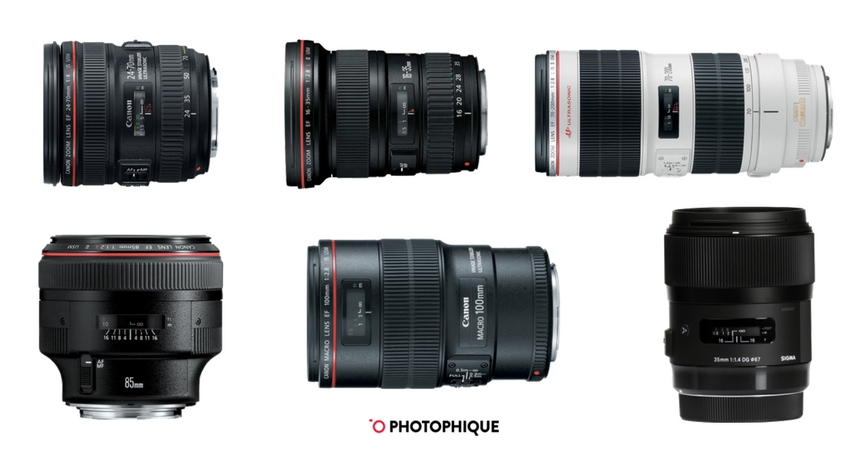
I started with a telephoto lens, in these images I focused on blurring out mainly the background. By using text in an image it really shows the blurred background as the text is sharp and readable. Text just makes the sharpness more obvious. I also worked on depth of field with this camera, giving the images a deeper look, making it look like there’s more there than there actually is, by blurring out the closer objects are the whole background. By blurring out the background it make sit look like the scenery behind goes on for longer than it actually does.
I then moved onto the portrait lens. This lens was difficult to work with, but has become one of my favorite lenses. It was difficult because you had to physically move closer towards what you were capturing, but if you went to close or too far away the whole image would be in focus. This lens produces extremely sharp images, as the blurred surroundings is distinct.
I then experimented with the regular lens, this lens was okay and could easily capture the images I wanted but the focusing wasn’t as sharp as the other lenses could make it. And the sharpness of the focused object is important as it can make the photo.
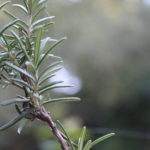





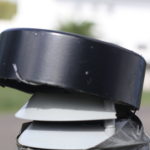
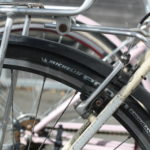













 These four images are from my first shoot where I have presented the style of Albert Renger-Patzsch. I mainly focused on industrial images for this shoot as his industrial images were some of my favorites. I liked the way he photographed such simple things but they created such a photo, in a way of shapes being repeated or shapes contrasting each other, also the light and dark tones throughout his industrial images. His industrial images showed the world in a new way, instead of having photos with one specific meaning, he photographed photos that could have multiple meanings and moods.
These four images are from my first shoot where I have presented the style of Albert Renger-Patzsch. I mainly focused on industrial images for this shoot as his industrial images were some of my favorites. I liked the way he photographed such simple things but they created such a photo, in a way of shapes being repeated or shapes contrasting each other, also the light and dark tones throughout his industrial images. His industrial images showed the world in a new way, instead of having photos with one specific meaning, he photographed photos that could have multiple meanings and moods.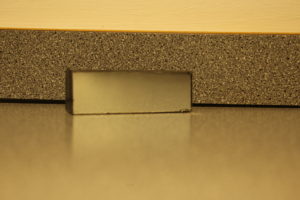
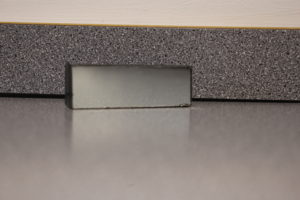

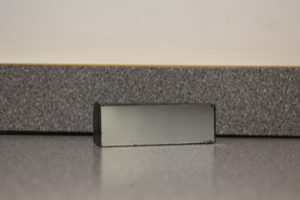



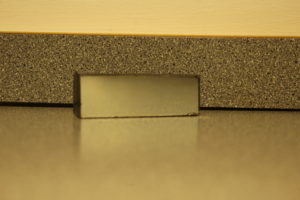


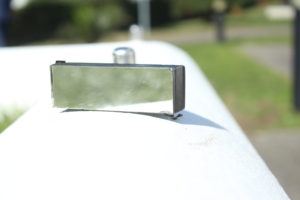

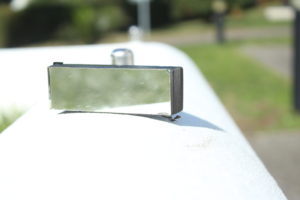



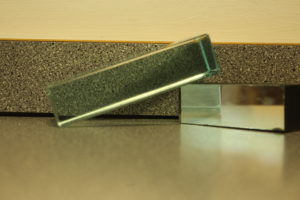
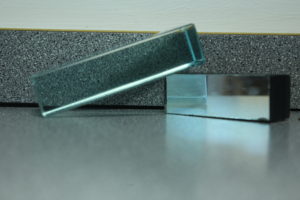
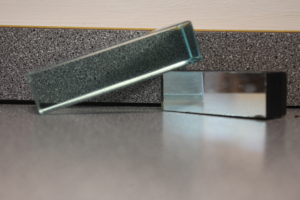
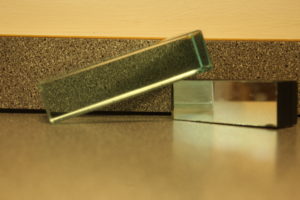

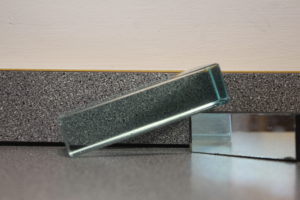

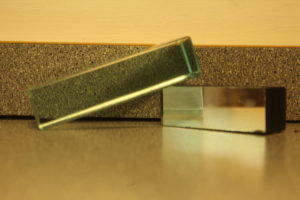


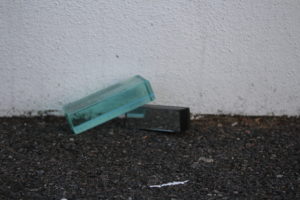
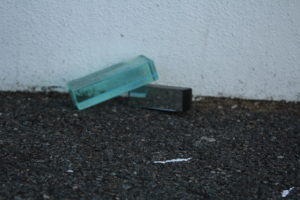
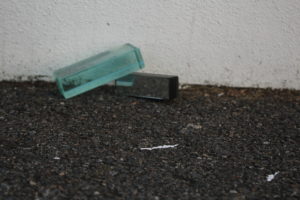



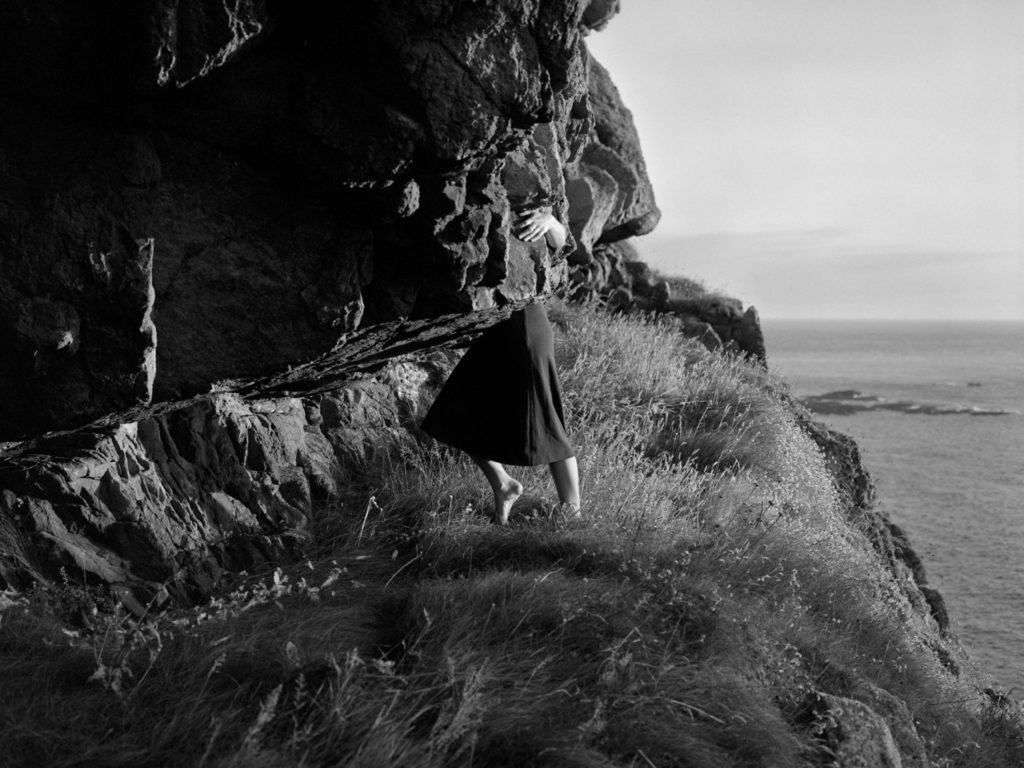 Clare Rae
Clare Rae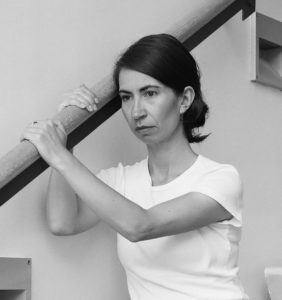 Clare Rae
Clare Rae 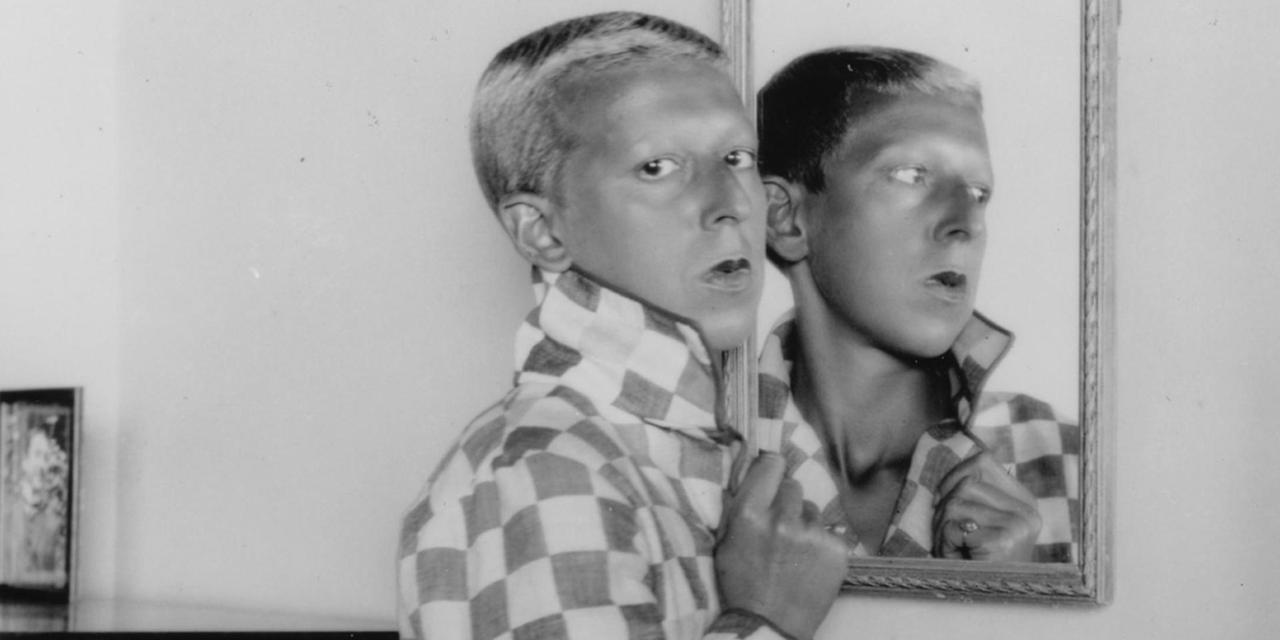 Claude Cahun
Claude Cahun 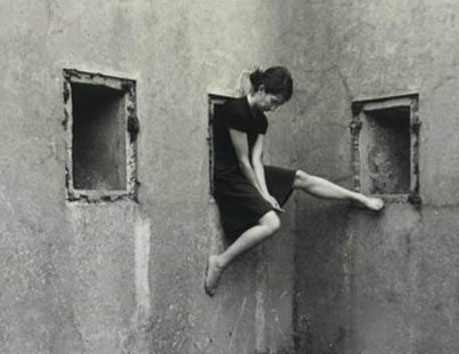 This photo by Clare Rae shows how she was inspired by Claude Cahun’s work, as she has taken this photo in a remote are and is showing female domination in this image of hers. I chose this photo because the mood in this photo is showing a women’s emotion. Her head is hanging low which shows how the gender equality has effected her in a way of having no confidence or no sense or worth. The was Clare Rae decided to have her foot propped up onto the wall gives the photo an extra element to it, it makes it more interesting to look at and effective.
This photo by Clare Rae shows how she was inspired by Claude Cahun’s work, as she has taken this photo in a remote are and is showing female domination in this image of hers. I chose this photo because the mood in this photo is showing a women’s emotion. Her head is hanging low which shows how the gender equality has effected her in a way of having no confidence or no sense or worth. The was Clare Rae decided to have her foot propped up onto the wall gives the photo an extra element to it, it makes it more interesting to look at and effective. I chose this photo from Claude Cahun’s photographs because I like the way she has used the rope in the images, this adds something extra to the photo, instead of it just being a simple self portrait. This photo creates a sense of mystery, as you can’t see her face, but it makes it more intriguing as you wonder why she has decided to do this. I interpenetrate this photo as Claude Cahun going through a stage of unknowing and embarrassment as she has hidden her face almost as if she doesn’t want anyone to see her until she has figured out her gender
I chose this photo from Claude Cahun’s photographs because I like the way she has used the rope in the images, this adds something extra to the photo, instead of it just being a simple self portrait. This photo creates a sense of mystery, as you can’t see her face, but it makes it more intriguing as you wonder why she has decided to do this. I interpenetrate this photo as Claude Cahun going through a stage of unknowing and embarrassment as she has hidden her face almost as if she doesn’t want anyone to see her until she has figured out her gender
